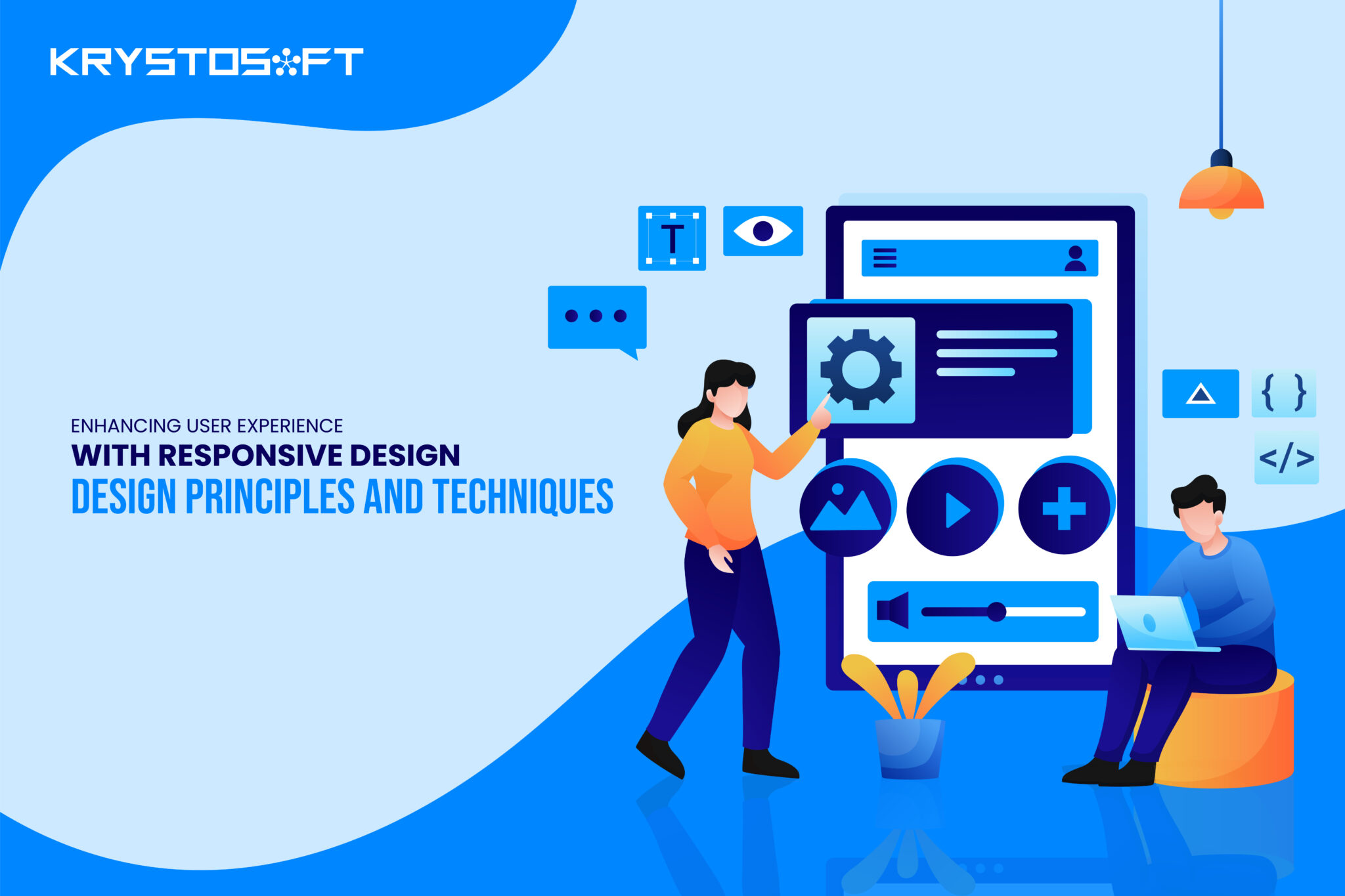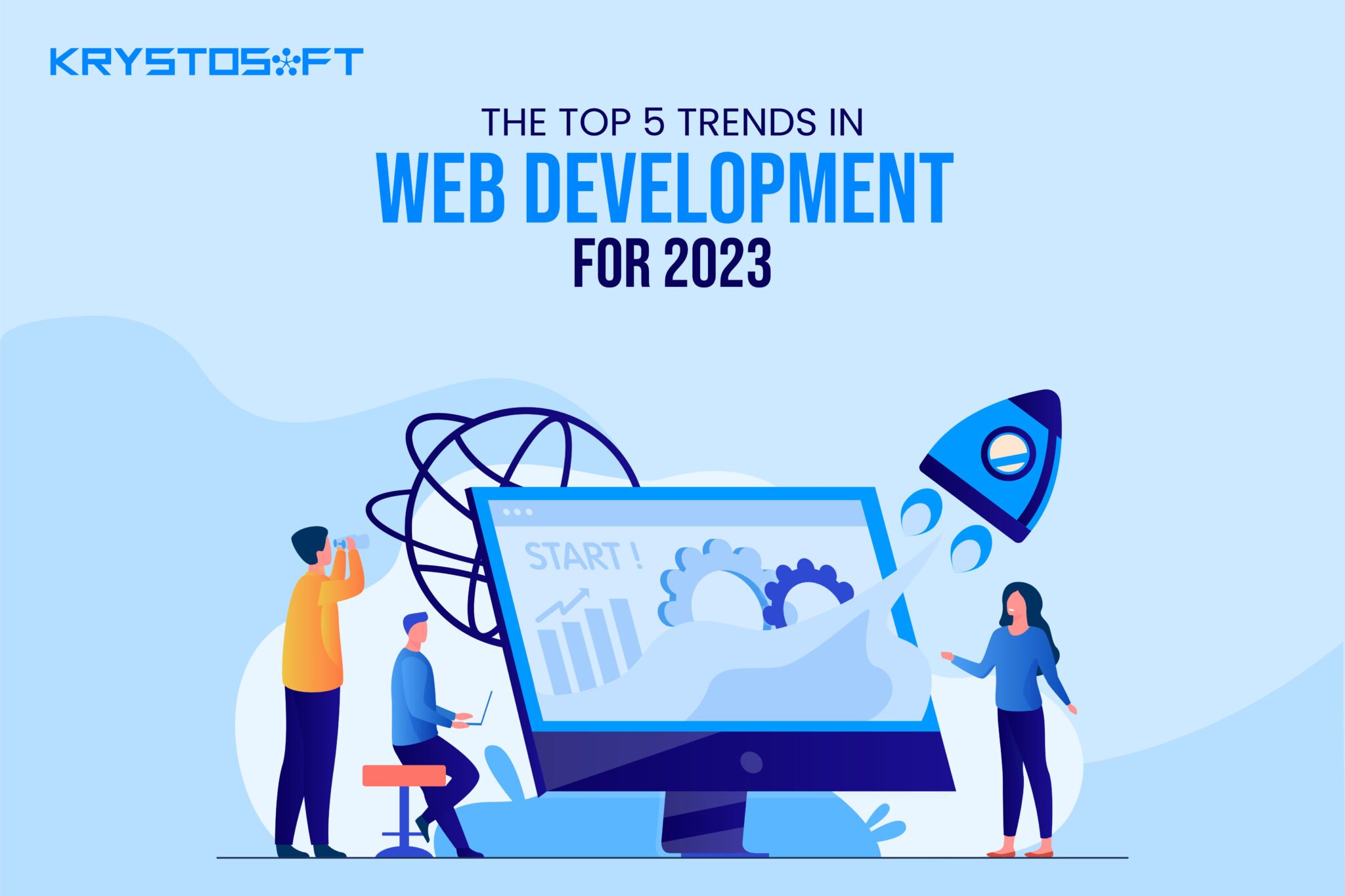In today’s fast-paced digital landscape, where users access websites and applications on a multitude of devices with varying screen sizes and resolutions, creating a seamless and engaging user experience is paramount. Responsive design has emerged as a key solution to this challenge, enabling designers and developers to craft interfaces that adapt gracefully to different devices. In this blog, we’ll delve into the world of responsive design, exploring its core principles and highlighting effective techniques.
Understanding Responsive Design
Responsive design is a design approach that ensures a website or application’s layout, content, and functionality adjust fluidly across different screen sizes and devices. This adaptability is achieved through a combination of design principles and coding techniques.
- Fluid Grids and Layouts
One of the foundational principles of responsive design is the use of fluid grids. Unlike fixed layouts, where elements have fixed pixel dimensions, fluid grids allocate space proportionally, allowing content to resize seamlessly. Consider an online fashion store: a responsive design would arrange product images and descriptions in a grid that adjusts based on the user’s screen size, maintaining a visually appealing layout.
- Flexible Images
Images play a vital role in enhancing user engagement, but they can also disrupt the user experience if not handled properly in different viewports. Using CSS techniques such as max-width: 100%, images can scale down while preserving their aspect ratios. For instance, a travel blog featuring destination photographs would employ flexible images to maintain picture quality across various devices.
- Media Queries
Media queries enable developers to apply different CSS rules based on the user’s device characteristics, such as screen width, orientation, and resolution. These queries allow for targeted adjustments, such as altering font sizes or repositioning navigation menus. Imagine a restaurant website: media queries could rearrange the menu items into a clean, easily accessible format when viewed on a smartphone.
- Breakpoints
Breakpoints are specific screen widths at which the layout of a website adjusts to optimize the user experience. They help designers define when certain design elements should be repositioned, resized, or even hidden. A news website, for instance, might utilize breakpoints to ensure that headlines and images remain readable and engaging on both large desktop screens and smaller tablet displays.
- Mobile-First Design
Mobile-first design is an approach where designers prioritize designing for mobile devices before considering larger screens. This ensures a streamlined and efficient user experience on small screens and encourages a focus on essential content. Consider a fitness app: a mobile-first design could emphasize workout routines and tracking features, ensuring users can easily access core functionality on their smartphones.
- Performance Optimization
Responsive design also involves optimizing performance to ensure fast loading times and smooth interactions across devices. Techniques such as image compression, lazy loading, and minimizing HTTP requests contribute to a seamless user experience. A real estate website with property listings would benefit from performance optimization to ensure swift navigation between listings, regardless of the user’s device.
In the dynamic landscape of digital design, responsive design stands as a cornerstone for delivering exceptional user experiences. By embracing these principles designers and developers can create interfaces that seamlessly adapt to diverse devices, enhancing accessibility, engagement, and satisfaction for users across the globe. As technology continues to evolve, mastering responsive design techniques remains a fundamental skill in crafting the digital experiences of tomorrow.
Ready to take your responsive design projects to the next level? Our experienced team at Krystosoft is here to bring your visions to life. Whether you’re envisioning a stunning website, a user-friendly application, or an engaging digital platform, we specialize in translating responsive design principles into tangible, captivating user experiences.
Visit our website krystosoft.com now to learn more and start turning your designs into reality.





